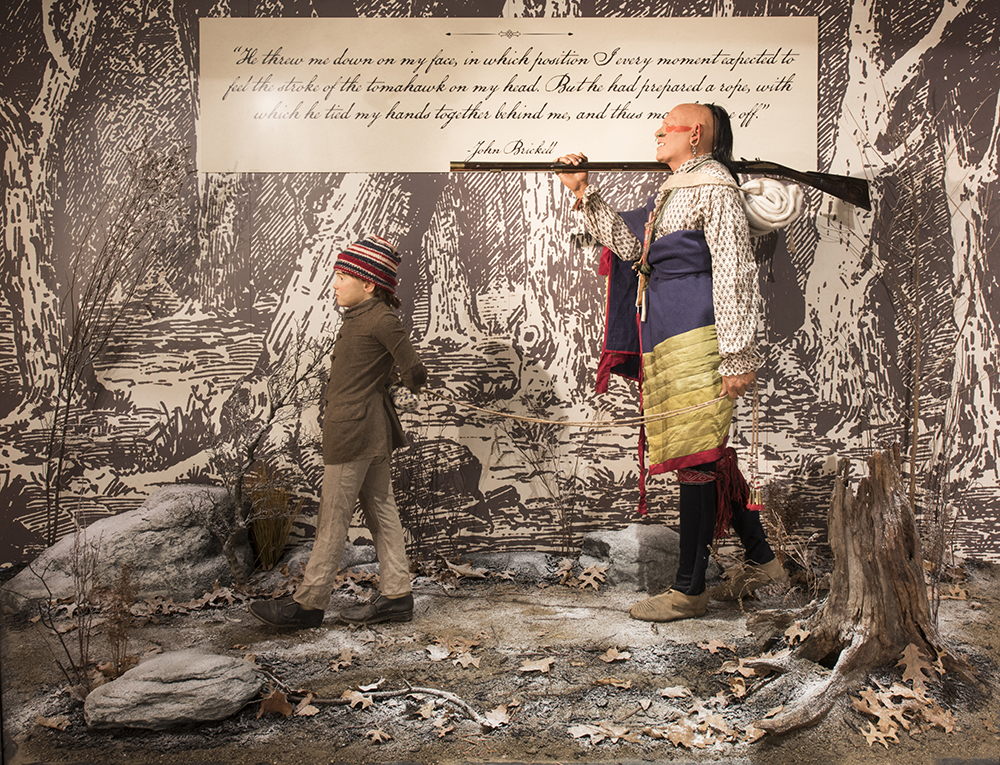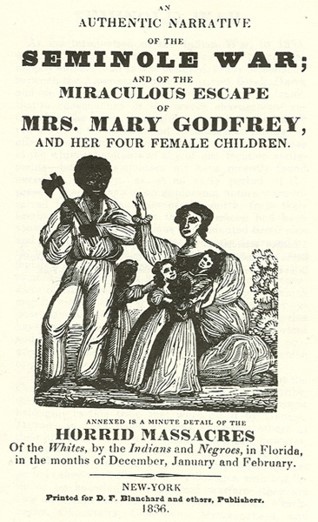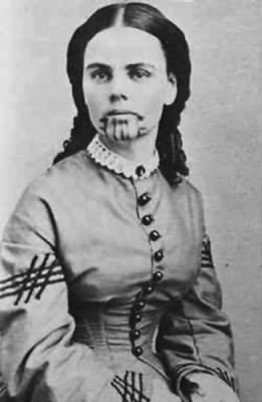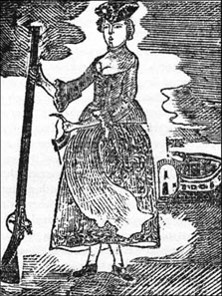
Indian captivity was an ancient tradition that occurred when “others” were captured and adopted into a tribe to replace those who died due to disease and warfare. During the 18th century, thousands of settlers were taken and many recorded their experiences, known as captivity narratives. These narratives provide a firsthand account of the ritual of captivity and the lives of American Indians. The Fort Pitt Museum tells these unique stories in its newest exhibit, Captured by Indians: Warfare & Assimilation on the 18th Century Frontier.
This Saturday, March 26, the Fort Pitt Museum will offer a day of programming related to Indian captivity, featuring speakers Jeremy Turner, a Shawnee tribal member, and Dr. R. Scott Stephenson, director of collections and interpretation at the Museum of the American Revolution. Turner will present the importance and procedures of captivity and adoption, while Dr. Stephenson will lecture on highly-decorated prisoner restraints used by native tribes. Following the lectures, the Fort Pitt Museum will present its first Readers Theater program, “Voices of Captivity.”
Readers Theater, an interpretative tool used to educate and entertain, explores historical topics in a theatrical script. The set and performance can be as elaborate as a formal play or as simple as a group of people sitting in a circle taking turns reading from a script. Primary sources themselves can also be used in different ways, such as using information about Captain Blackbeard to speak as if being interviewed by a reporter or setting a group of Civil War soldiers around a fire as they compare their experiences at different battlefields. The “Voices of Captivity” script cuts and pastes multiple captivity narratives together to form a full journey of captivity and to illustrate the similarities and differences among several captives’ experiences. When creating a Readers Theater script, the most important thing is to give the words, previously written on a page, life.
At this Saturday’s “Voices of Captivity” program, exhibit specialist Mike Burke will lead the audience on a journey through captivity as the narratives are read and period illustrations are shown. Following the Readers Theater part of the program, the audience is encouraged to ask questions and to visit Captured by Indians, where artifacts and life figures further elaborate the captive journey.
Following the March 26 event, the Fort Pitt Museum plans to adapt “Voices of Captivity” for use in classroom settings, and to create additional scripts on varying topics related to Fort Pitt and 18th Century Western Pennsylvania history.
Former captive James Smith explains it best in his narrative:
Occurrences truly and plainly stated, as they happened, would make the best history, be better understood, and most entertaining. James Smith, 1799.
Kathleen McLean is the education manager at the Fort Pitt Museum.


